Nestled along the dramatic Xiling Gorge near Yichang, Hubei Province, Sanyou Cave offers international visitors a breathtaking combination of natural beauty and profound cultural heritage. This magnificent limestone cave, formed by centuries of water erosion and geological shifts, has captivated poets, scholars, and travelers for over 1,200 years. Let us guide you through this remarkable site where China's literary giants once wandered and where stunning landscapes meet fascinating history.
Highlights of Sanyou Cave
1. A Living Museum of Chinese Literature
Sanyou Cave's name originates from two legendary visits by China's most revered literary figures:
"First Three Travelers" (819 AD): Tang Dynasty poets Bai Juyi, Bai Xingjian, and Yuan Zhen discovered and explored the cave during a chance meeting. Bai Juyi's Preface to Sanyou Cave remains the "treasure of the cave".
"Later Three Travelers" (11th century): Song Dynasty literary giants Su Xun (苏洵), Su Shi (苏轼), and Su Zhe (苏辙) - the renowned "Three Sus" - left their poetic marks here.
The cave walls preserve over 40 ancient inscriptions in various calligraphic styles (seal, clerical, regular, running, and cursive scripts), including works by:
Ouyang Xiu (Northern Song dynasty)
Huang Tingjian (famous Song calligrapher)
Lu You (Southern Song poet-warrior)
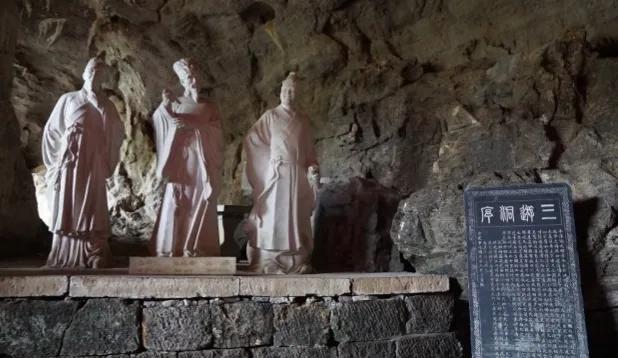 |
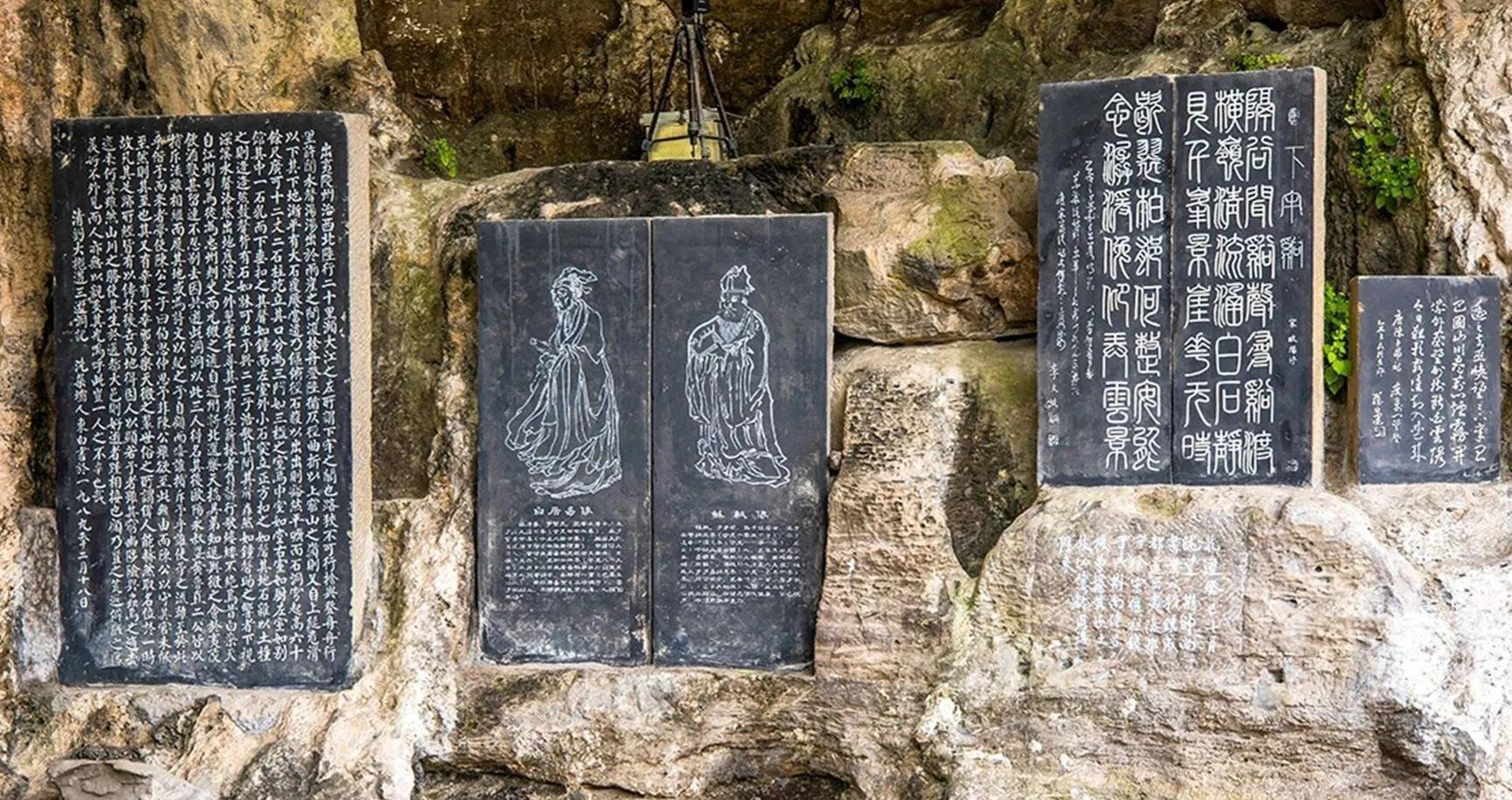 |
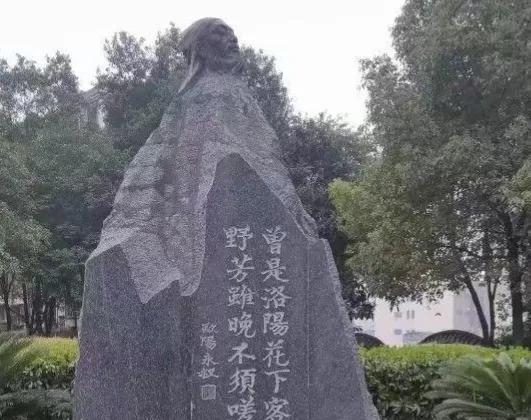 |
| First Three Travelers | Later Three Travelers | Inscription Works |
2. Geological Marvels & Natural Beauty
Carved into the cliffs of Xiling Mountain, the cave features:
Dramatic dimensions: 30m deep × 23m wide × 9m high chamber divided by three massive stalactite columns
"Heavenly Bell and Earthly Drum" acoustic phenomenon: Tapping certain rocks produces bell-like tones above and drum-like echoes below
Panoramic views from Zhixi Pavilion overlooking:
The roaring Yangtze River forcing through Xiling Gorge
The crystal-clear Xialao Stream meeting the Yangtze
3. Historical Military Significance
Three Kingdoms Era: General Zhang Fei trained troops here, his imposing Drum-Beating Platform statue still stands
Six Dynasties Period: Ancient military fortress ruins remain visible
WWII Resistance: Served as a Communist Party base against Japanese forces
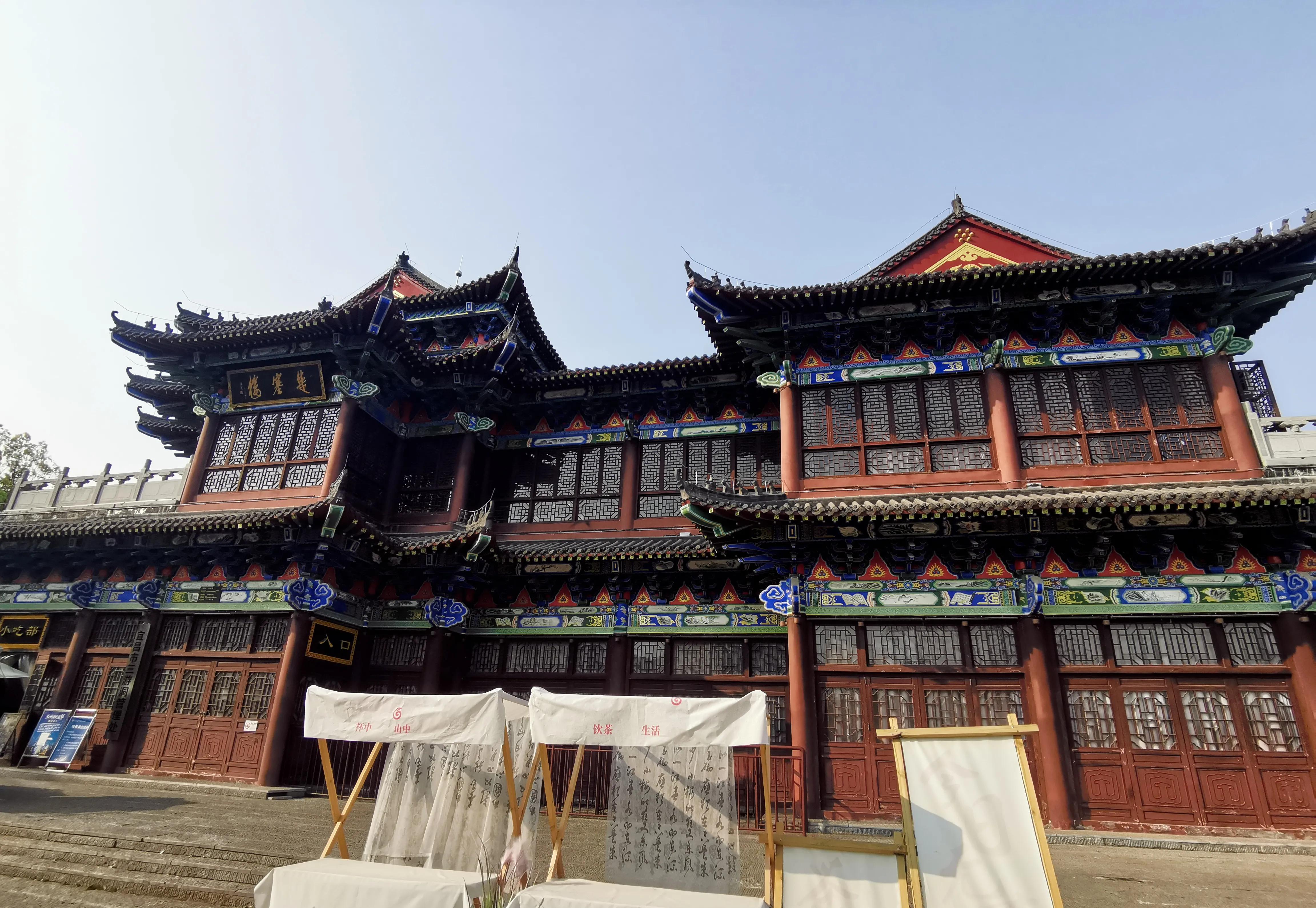 |
 |
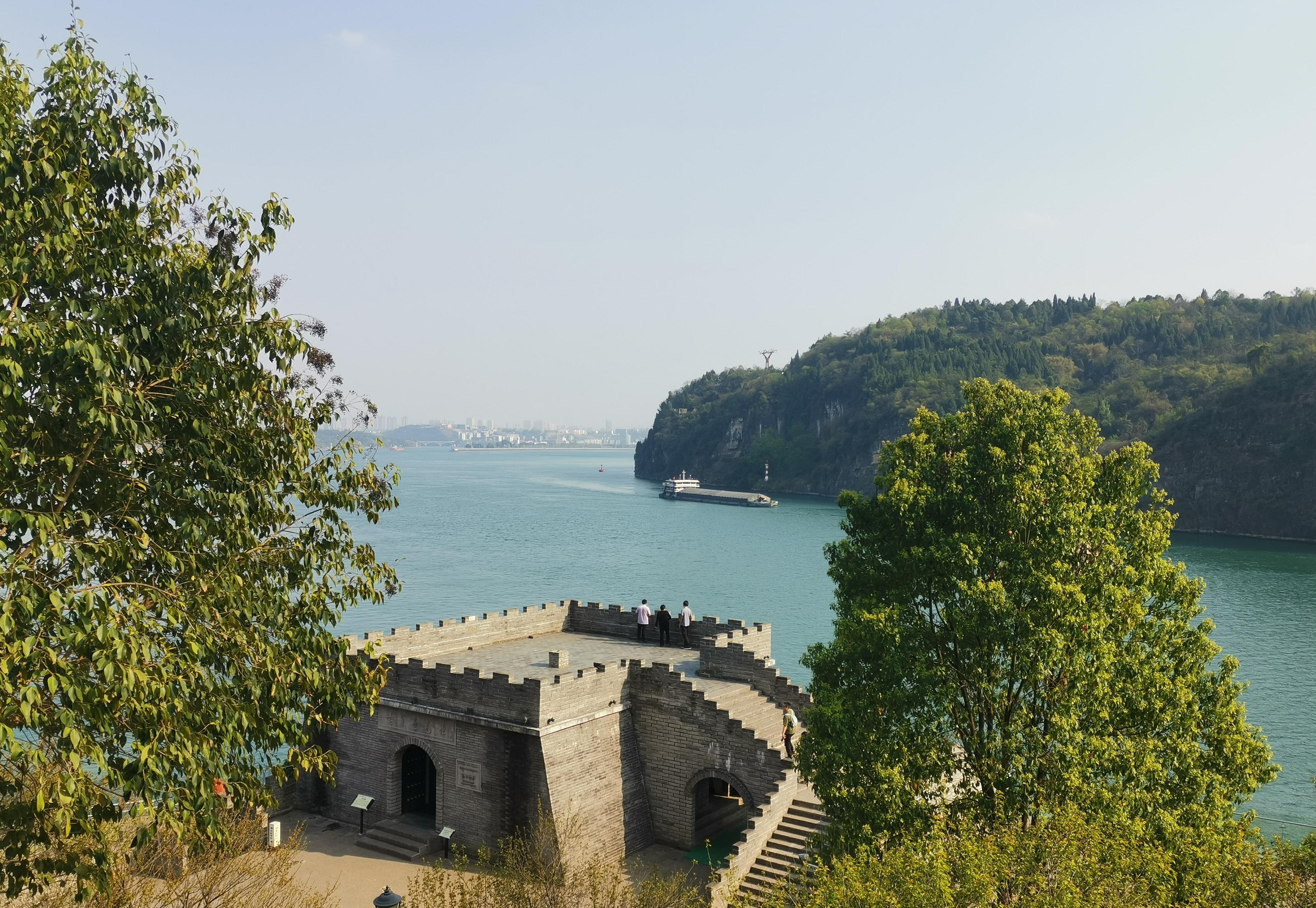 |
Ancient Military Site |
Drum-Beating Platform | Ancient Military Fortress |
4. Cultural Attractions Within the Park
Zhixi Pavilion: Reconstructed Song-era tower (18m tall) with spiral staircase displaying Ouyang Xiu's poetry
Lu You Spring: Where the patriotic poet brewed tea from mountain waters
Three Gorges Odd Stones Museum: Showcases 231 unique river-carved rocks
Seal Carving Garden: Features 127 engraved stones by famous artists using bedrock from the Yangtze
Best Time to Visit
Ideal Seasons:
April to October (peak season with extended hours 7:30 AM - 6:00 PM)
Spring (April-May): Comfortable 15-25°C; blooming flowers frame the cliffs
Summer (June-August): Cave's natural cooling offers respite from heat (external temps ~34°C)
Autumn (September-October): Crisp air enhances panoramic views; golden foliage
Avoid:
November-March (shorter hours 8:30 AM - 5:00 PM); some pathways may be slippery
Heavy rain days: Mountain trails become hazardous
Travel Tips
1. Getting There
From Yichang city center (~10km away):
Bus: Take Route 10 from Yiling Square (30-minute ride)
Taxi: ~25-minute drive (¥50-70)
Boat: Combine with Yangtze River cruise stops
Parking: Available near entrance (¥10-20/day)
2. Park Essentials
Location: Xiling Mountain, Nanjinguan, Yichang
Hours:
Summer: 7:30 AM - 6:00 PM
Winter: 8:30 AM - 5:00 PM
Admission:
¥78 (≈$12) adults
Discounts: Students (30% off), seniors 60-69 (30% off), free for over 70s
Suggested Duration: 3-4 hours
3. What to Bring
Sturdy walking shoes for uneven terrain
Light jacket (cave stays ~18°C year-round)
Binoculars for viewing distant inscriptions
Chinese cash (many vendors don't accept cards)
Portable fan in summer




































